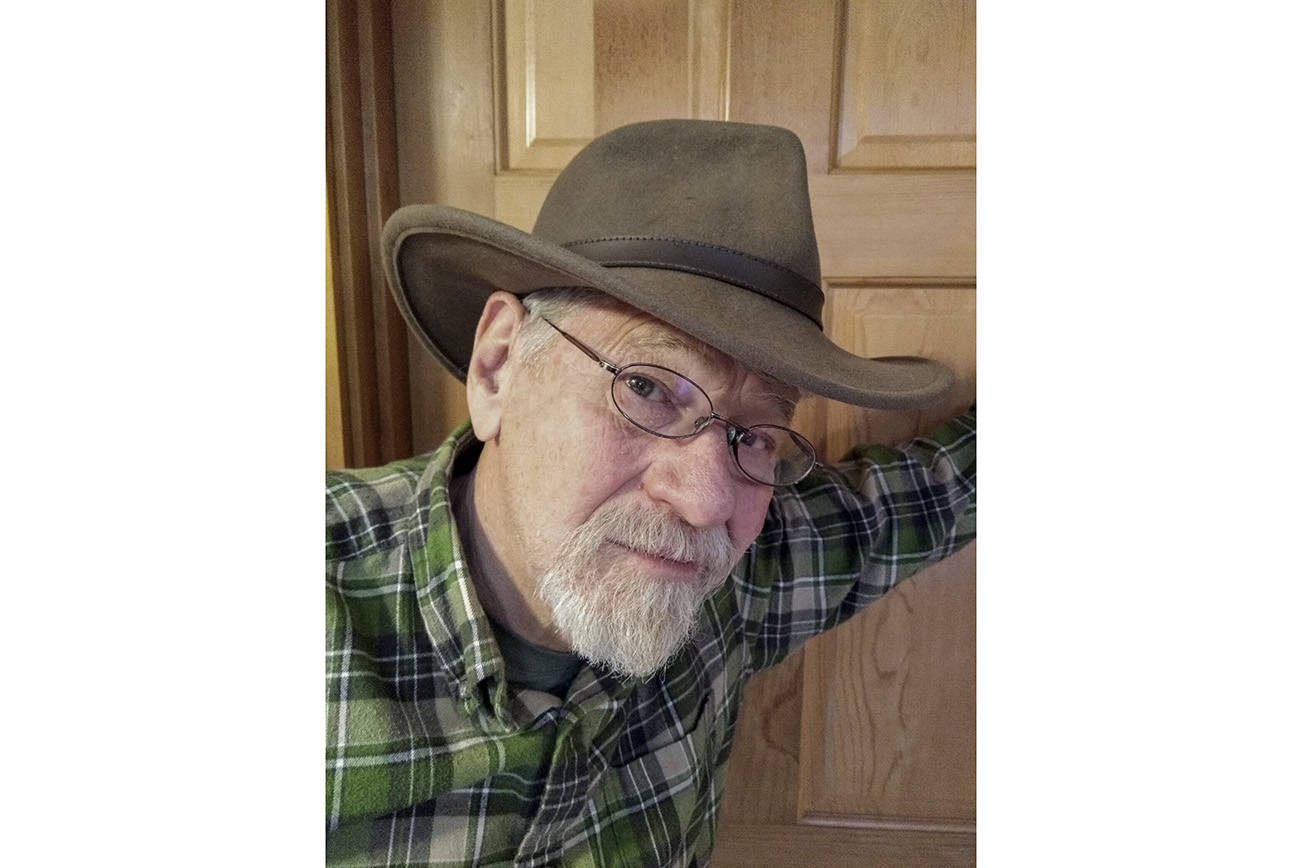Although our beloved democracy is facing many challenges (voter suppression and attacks on the rule of law, to name two), there’s reason for hope. Conservatives and liberals alike are speaking out for better government. Now is the time to examine means of strengthening our democracy. One improvement would be adopting a system of ranked choice voting (RCV).
RCV is likely new to Washingtonians, but it is being used in many countries as well as in American cities, universities, corporations and states. Maine voted in 2015 to use it in statewide elections, expanding to the presidential election this year. Both John McCain and Barrack Obama have supported RCV.
Over the years, Washington state has used different types of primary elections. From 1907 to 1935, voters declared a political party, receiving one ballot for that party. Washingtonians are an independent lot, and voted in 1935 to adopt a “blanket primary,” which allows voters to split their votes between parties. Washingtonians prefer picking the candidate, not the party.
However, political parties don’t like the blanket primary. Neither party wants members of the opposing party crossing over to select their party’s candidates, and they challenged the blanket primary’s constitutionality. After court battles, Washington’s blanket primary was found constitutional. Since 2003, we have used the “top two primary” (TTP), a type of blanket primary. In the TTP, voters select from all candidates for an office, regardless of party, and the two candidates getting the most votes proceed to the general election.
Before explaining how ranked choice voting works, we will look at the problems with the top two primary.
Unfortunately, the TTP can, and indeed has, resulted in voter disenfranchisement and undemocratic results. Here’s how: Say Party A runs two candidates for an office and Party B runs three candidates. After votes are counted, the two Party A candidates each got 21% of the vote for a total of 42%. The three Party B candidates each get 19.33% of the vote for a total of 58%. In this scenario, since Party A candidates received the top-two vote counts, only candidates from Party A will appear on the November ballot, even though Party A received a minority of the total votes. The majority of voters (58%) who picked Party B candidates will not have any Party B candidate to vote for in the November election. Many will feel disenfranchised.
In 2016, this scenario played out Washington’s race for State Treasurer. That race had two Republicans (Duane Davidson and Michael Waite) running in the primary against three Democrats (Marko Liias, John Comerford, Alec Fisken). Davidson received 25.09% and Waite 23.33% for a total Republican vote of 48.42%. Liias received 20.36%, Comerford 17.97%, and Fisken 13.24% for a total of 51.57%. Because Davidson and Waite had the top-two vote counts, the general election included only Republicans. The majority of voters, who voted for Democrats, had only Republicans to vote for.
Summary: the TTP can result in minority rule, and parties will try to limit the number of candidates running for an office, restricting freedom of choice.
RCV ensures elected officials have support from a majority of voters, avoiding minority rule. It doesn’t require party affiliation, but it respects voters’ independence, allowing voters to split their vote between parties. Instead of forcing you to vote for the candidate you think can win, RCV allows you to vote your heart. It offers a wider candidate selection, and doesn’t favor any party. Depending on how RCV is used, it could even save money by eliminating the need for both primary and general elections.
RCV is a simple voting system. Nevertheless, it can be difficult to describe in words, and people have some trouble understanding it initially. Luckily, there are short excellent videos on the internet that quickly illustrate how it works. FairVote.com is a non-partisan national organization dedicated to making sure every vote is counted. They strongly advocate RCV, and have an excellent video tutorial. Radio station KQED also has a video illuminating the idea.
In RCV, you rank your choices #1, #2, #3 (etc.) for a particular office. You can pick from all the candidates running for an office, regardless of party. A candidate must have a majority to win. If in the first vote count, one candidate gets 51%, they win. If not, the candidate with the fewest votes is eliminated. But the people who voted for the eliminated candidate still have a voice as their #2 choice is now counted in a second vote tally. After the second tally, if no candidate has a majority, again the candidate with the fewest votes is eliminated. The people who voted for the second eliminated candidate now have their next choice counted in the third tally. This process is repeated until one candidate achieves a majority.
State Rep. Gael Tarleton (D-District 36) is running for Secretary of State against incumbent Kim Wyman (R), and suggests evaluating RCV as an alternative to the TTP. Hence, RCV could be an issue in Washington’s 2020 election.
With RCV’s many advantages, it’s growing in popularity. It might seem a little confusing at first, but it’s really pretty simple. After reading my description of RCV, my wife says, “Check out the videos.”
Roger Ledbetter is a politically-active resident of the Valley. He and his family have lived in Snoqualmie since 1979. Contact him through the editor by email: editor@valleyrecord.com.



